
As we know it today, Chai was initially called ‘ch’a’ in China. China was the first country to discover tea under emperor and herbalist Shen Nung (Shennong) sages. Two stories hint at how Shen Nung discovered the tea and found its medicinal value.
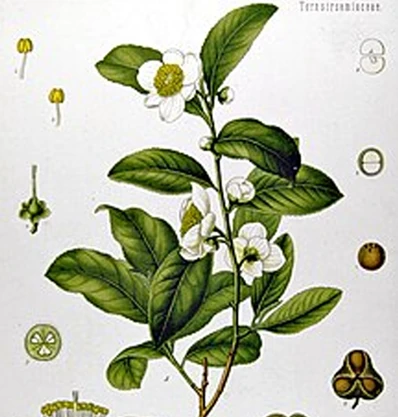
According to the first story the discovery of tea is dramatic as it includes accident and realization. To cut the story short, one day, Shen Nung’s servant was boiling drinking water when the leaves of Camellia Sinensis accidentally fell into the water. Shen Nung tasted the new infusion and liked its aroma and taste.
According to the second story, Shen Nung was born with a transparent stomach, allowing him to observe the effects of his consumption. One day, Shen Nung had about 72 poisonous herbs and felt uncomfortable. After finishing 72 toxic herbs, he had tea, which helped clear all the toxins in his stomach. In short, he discovered the medicinal properties of the tea.
Tea was originally a product of China. It was China who introduced tea to the world. Later, tea lovers mixed it and blended it to make different variants. Tea became so popular in East Asia that traders from China to Tibet and other countries started using dried and fermented tea leaves shaped into tea bricks as currency. It is just like using salt bricks currency in Ethiopia, East Africa.
The Western world was unaware of the magical qualities of tea until 1610 when the Dutch brought tea to the country for the first time. Later, England also welcomed it somewhere in 1658—the popularity of the tea multiplied for its freshness and health benefits. Tea was one of the beverages of England’s American colonies. Some figures published online state that English consumed about two and a half tea and seventeen pounds of sugar annually by 1800. At that time, some believed that sugar was added to black tea to enhance its taste, which ultimately led to an increased demand for black tea over green tea.
In 1823, Camellia sinensis assamica, the plant that introduced tea into our lives, was discovered in Assam, India. The quality of the tea plant was rated as better than that of the Chinese Camellia sinensis plant. In the 18th century, India was a British colony. In 1835, the English or British planted tea gardens in Darjeeling, near Nepal. British began to export black tea manufactured in India to England. In short, China introduced tea, but India helped the world trade tea.

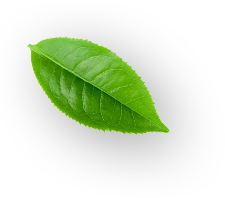
The tea was founded by Chinese herbalist Shen Nung. Herbal tea was the first to be discovered, and later, there were variants of teas – black, green, oolong, white, and yellow tea. Herbal tea is known as an infused drink of dried flowers, leaves, and herbs. There are different types of herbal teas, and the blend of each herb gives you a different taste and health benefits.
As we cannot mix all the medicines and have them at once, herbs also have medicinal values, and there they need to be picked wisely. Over the time, tea was experimented with other plants to create new variety of tea. Today we have herbal tea, oolong tea, black tea, masala chai, and green tea. The processing method of each tea is different from each other.
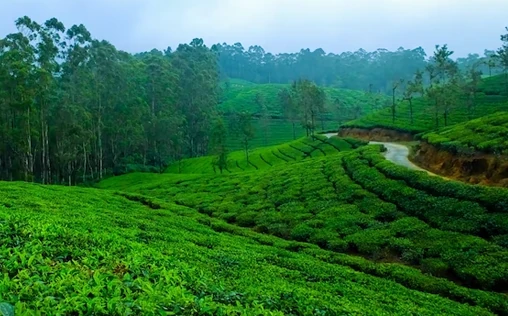
Just like there are different types of teas, the process of making tea is also different. Some tea leaves are oxidized, while some may not be oxidized. For instance, green tea is made from the leaves of teas that have not been oxidized to retain their greenish color. Similarly, the tea leaves for black tea are over-oxidized to get the desired color and flavor.
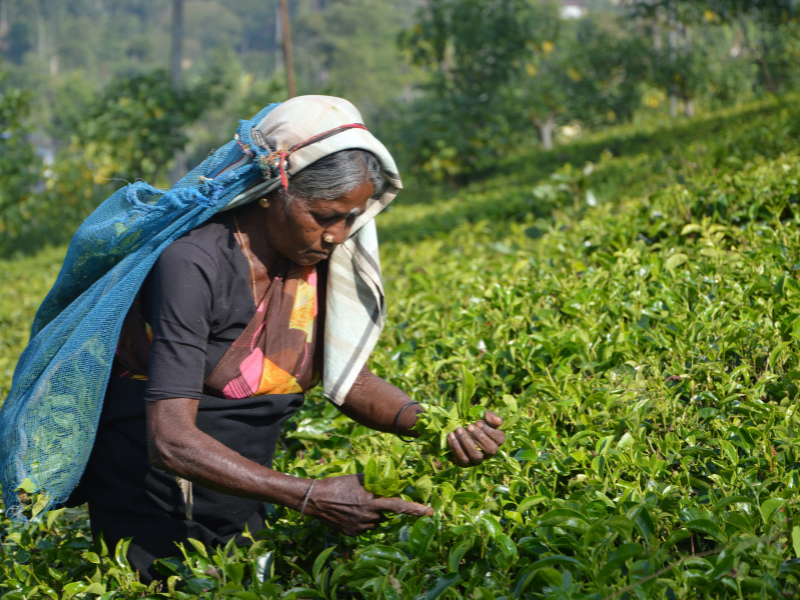
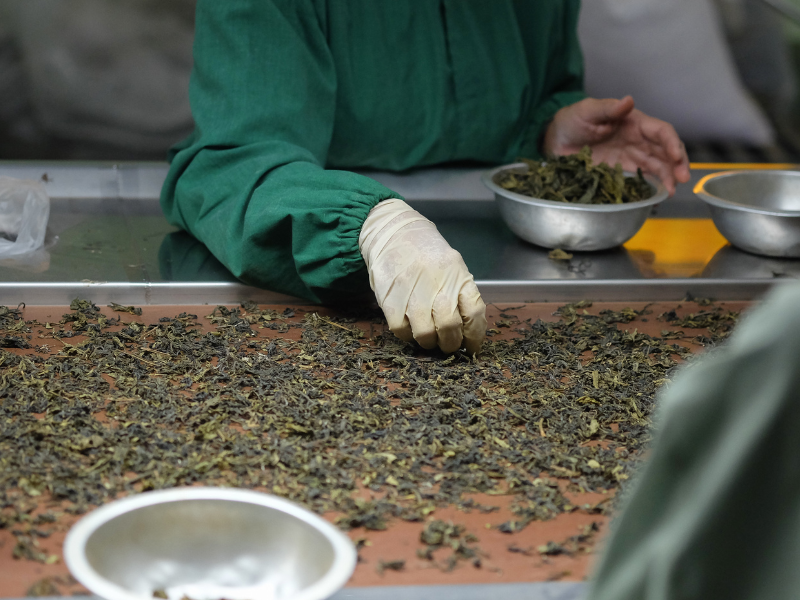
Tea became a fashionable drink in The Hague in the Netherlands, and the Dutch
introduced the drink to Germany, France, and across the Atlantic
to New Amsterdam (New York).
The process of making tea from leaves is usually similar but a little different. The first step of the tea making starts with the plucking of the tea leaves. Once the leaves are plucked and collected, they are withered. Withering is also a natural process. Later, the rolling of the tea leaves is carried out to break the cell walls of the leaves. The final step – Oxidization - is the most important step of tea making. It determines the type of tea that will be made. Some teas, such as green tea, require low oxidation, while other teas, such as Oolong tea, may need more oxidation.